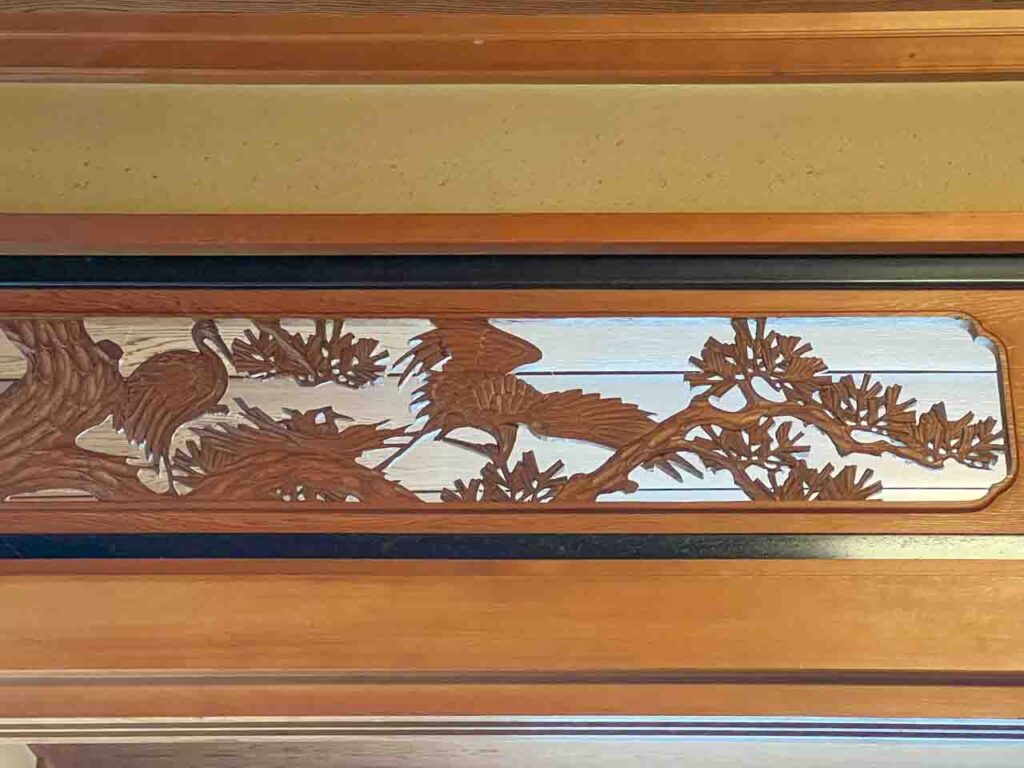In a world before phones, trains, or the internet, delivering messages across long distances was a monumental challenge. During Japan’s Edo period (1603–1868), this task fell to a remarkable group of long-distance couriers known as Hikyaku (飛脚) — the “flying legs” of Japan. These professional runners formed the backbone of a highly organized communication network that connected the far corners of feudal Japan with astonishing speed and efficiency.
Who Were the Hikyaku?
The Hikyaku were specialized couriers employed by private courier guilds, feudal domains (han), merchants, and the central Tokugawa government (the bakufu). They delivered official documents, merchant correspondence, legal orders, and even urgent personal messages between cities such as Edo (modern-day Tokyo), Kyoto, and Osaka.
Unlike messengers on horseback seen in Europe or the American West, most Hikyaku traveled entirely on foot, using carefully calculated routes and relay systems that allowed them to move astonishingly fast.
The Astonishing Speed of Hikyaku
Historical records indicate that Hikyaku routinely covered more than 100 kilometers (62 miles) per day. For comparison:
- The approximately 500-kilometer (310-mile) route between Edo and Kyoto could be completed in as little as five to six days.
- Elite Hikyaku were capable of rivaling or even surpassing modern ultramarathon runners in sustained performance.
This speed was even more impressive considering Japan’s mountainous terrain, narrow footpaths, and unpredictable weather.
The Secrets Behind Their Speed
Several factors contributed to the remarkable performance of the Hikyaku:
1. Lightweight Attire and Minimal Gear
Hikyaku wore short, sleeveless tunics made from breathable fabrics, with minimal baggage. They carried only essential items, often using a small satchel or bamboo container attached to a wooden pole called a hikyaku-bō (飛脚棒) to balance their parcels while running.
2. Sophisticated Relay System
The true genius of the Hikyaku network lay in its relay system:
- Major highways such as the Tōkaidō and Nakasendō were dotted with post stations (shukuba) at regular intervals.
- Couriers would hand off their parcels to the next runner at each station, allowing for near-continuous travel around the clock.
- This system minimized individual fatigue and allowed urgent messages to travel long distances with minimal delay.
3. Rigorous Specialized Training
Hikyaku underwent intense physical conditioning to develop:
- Endurance through daily long-distance running.
- Strength via running on mountain trails and carrying weighted loads.
- Adaptability with training in pace variation to handle different terrain and weather conditions.
- Efficiency in quick handoffs at relay points.
Becoming a Hikyaku was not merely a job—it required years of training, resilience, and discipline.
The Organization of Hikyaku Services
Several types of Hikyaku operated during the Edo period, each serving different clients:
- Gonin-gumi Hikyaku: Government-sponsored official couriers.
- Daimyō Hikyaku: Runners employed by feudal lords to carry domain business.
- Merchant Hikyaku: Private companies delivering commercial correspondence.
- Tsunami Hikyaku: Emergency runners for critical situations, often carrying time-sensitive messages.
Fees for Hikyaku services varied depending on urgency, distance, and the sensitivity of the cargo, but premium delivery was surprisingly fast even by today’s standards.
Cultural Significance: More Than Just Speed
Beyond their athletic feats, the Hikyaku system reflects important aspects of Edo-period Japanese society:
- Highly regulated travel infrastructure: The Tokugawa government maintained strict control over the movement of people and goods, but allowed rapid information flow through trusted courier networks.
- Feudal stability: Reliable communication helped support the rigid but peaceful political order known as the Pax Tokugawa.
- Pre-modern logistics innovation: Japan developed one of the most sophisticated courier networks globally without the aid of horses, mechanization, or modern transportation.
The Hikyaku were celebrated in woodblock prints, kabuki plays, and folklore, symbolizing dedication, endurance, and national unity.
The Legacy of Hikyaku Today
While Japan’s modern postal service and high-speed rail have long since replaced running couriers, echoes of the Hikyaku tradition remain:
- Some courier companies, including Japan’s Yamato Transport (“Kuroneko Yamato”), draw symbolic inspiration from the speed and reliability of the Hikyaku.
- Historical post towns (shukuba-machi) along Edo-period highways still preserve inns, milestones, and memorials to these legendary runners.
- The term “Hikyaku” is sometimes still used in Japanese language to poetically describe messengers or urgent deliveries.
Summary
The Hikyaku were far more than simple messengers — they were elite endurance athletes, logistical innovators, and critical pillars of Japan’s pre-modern communication system. Their incredible speed, supported by a sophisticated relay network and rigorous training, allowed the Tokugawa shogunate to maintain order and stability across the vast distances of feudal Japan.
As modern visitors walk along Japan’s ancient roads or pass under wooden signs still bearing the name “Hikyaku,” they are reminded of a time when human endurance alone connected the country, one step at a time.


